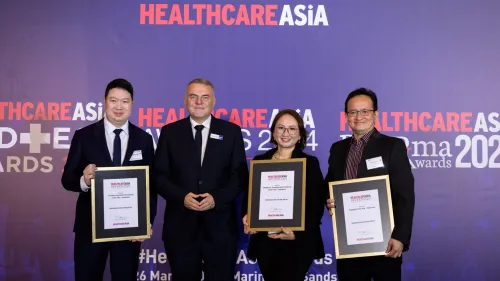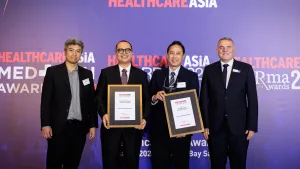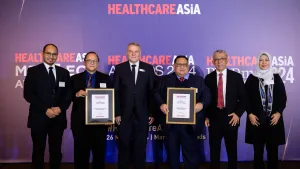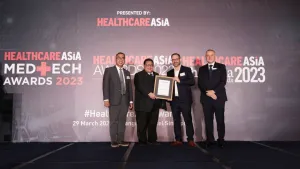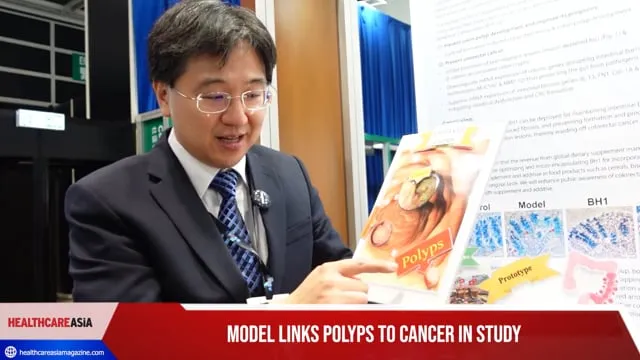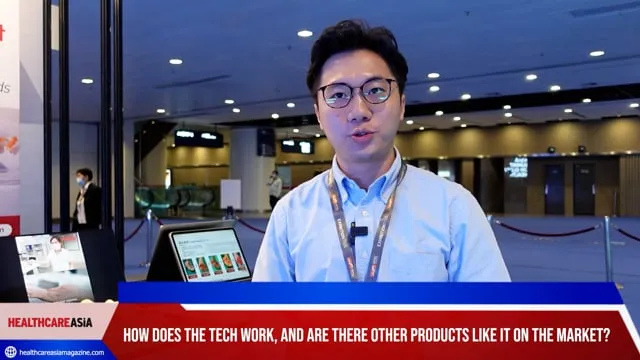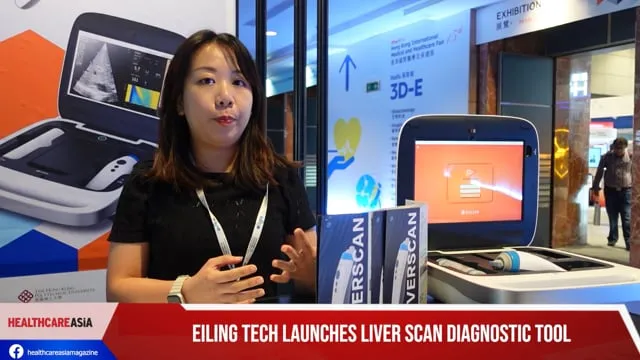
What you need to know about Asia’s healthcare expenditure
Healthcare systems all over Asia are undergoing significant change. Just as the state of economic development across the region varies, the development of healthcare systems in different Asian countries differs from one another. Among the more developed economies, health systems face rising demand for specialised services. In Japan and Singapore for example, governments and healthcare players are striving to meet the needs of their aging populations. At the same time, there are cost pressures and market restructuring even as competition intensifies. Among emerging economies such as Indonesia and the Philippines, young and mushrooming urban populations are stretching the capacity of their countries’ healthcare facilities. One way by which we can further examine the variance across Asian health systems is by observing their differing expenditure on healthcare.
Japan and Singapore
At one end of the spectrum, Japan stands out as an example in terms of its advanced healthcare system and high spending at more than US$ 4000 per capita and about 7% of GDP.
In 1961, Japan became one of the earliest countries in the world and the first in Asia to implement universal health insurance coverage. Citizens pay between 10% and 30% of healthcare costs as copayments, and have access to an abundance of healthcare facilities.
While comprehensive, long-term sustainability of Japan’s model will require work on multiple fronts, not least of which will be to deal with hospital inefficiencies, low profitability and unnecessarily long lengths of stay. Another example is Singapore, where healthcare standards consistently rank among the world’s best for achievement of health outcomes. This achievement is despite a low total expenditure on healthcare at roughly four percent of GDP or around US$ 2,000 per capita. Singapore’s system is unique in terms of its emphasis on personal responsibility, co-payment and choice.
Public expenditure is kept low through a combination of the 3Ms of MediSave, MediShield and MediFund. This involves mandating compulsory savings, and offering high national insurance coverage components. The Government also provides subsidies to those who access the public sector for their healthcare needs. Despite this, key challenges still exist. These include rising healthcare costs and the challenging move towards universal health insurance coverage.
The rest in the spectrum
Malaysia is a prime example of how healthcare resources are not evenly distributed in many Asian countries. The country now has an abundance of nursing schools, contributing to a rapid increase in the number of nurses. Yet, its hospitals lack the capacity to train these nursing candidates. At the other end of the spectrum, Indonesia stands out. Despite being one of the world’s fastest growing economies with the largest populations, the country has among the lowest healthcare standards in the region.
Even as Asia’s healthcare markets are primed for growth, each faces a distinct set of problems and opportunities. There is no single solution. A successful approach to each market requires a tailored solution, and it is up to public and private sector players to deliver. The best players will likely be those nimble enough to spot and capture the unique opportunities in a time of both immense challenges and rapid growth for the region.
by TAN WAH YEOW
Head of Asia Pacific Healthcare Practice, KPMG Singapore
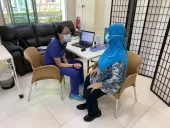

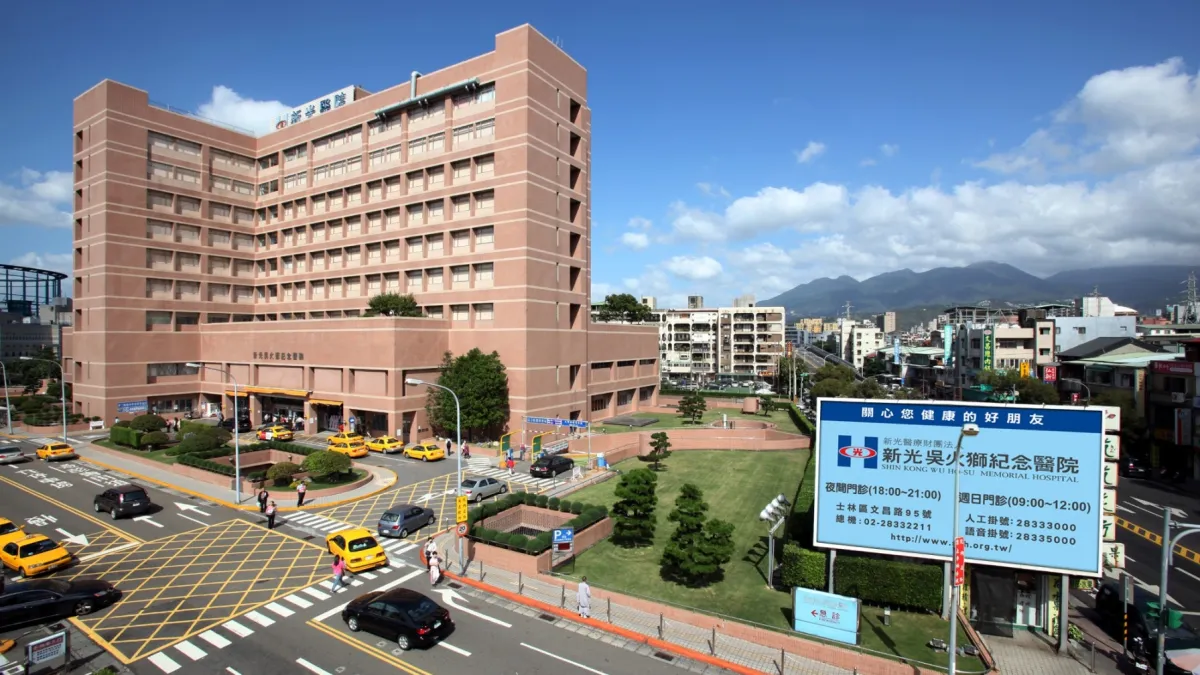

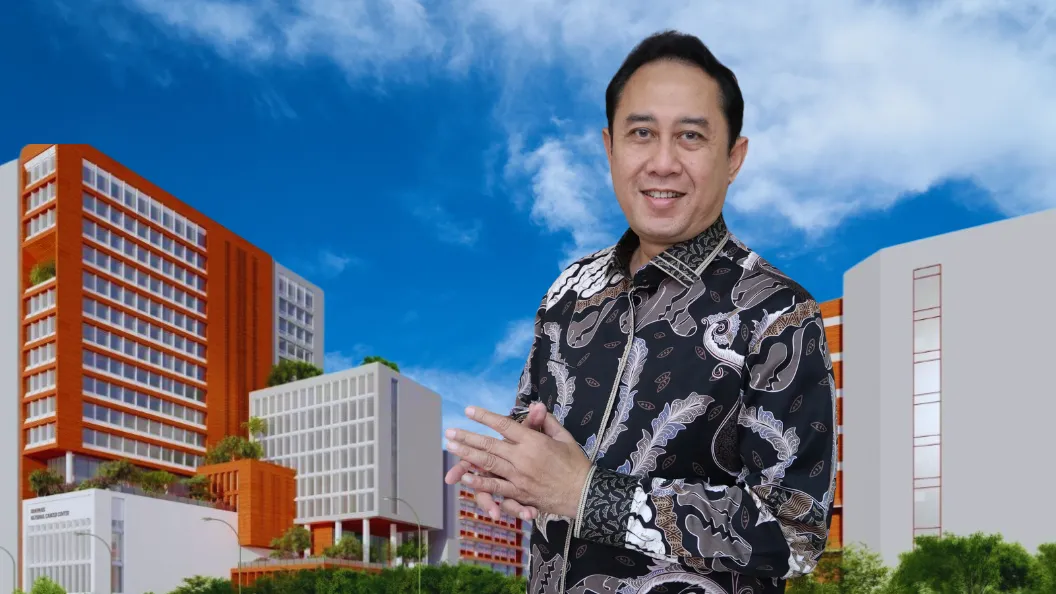
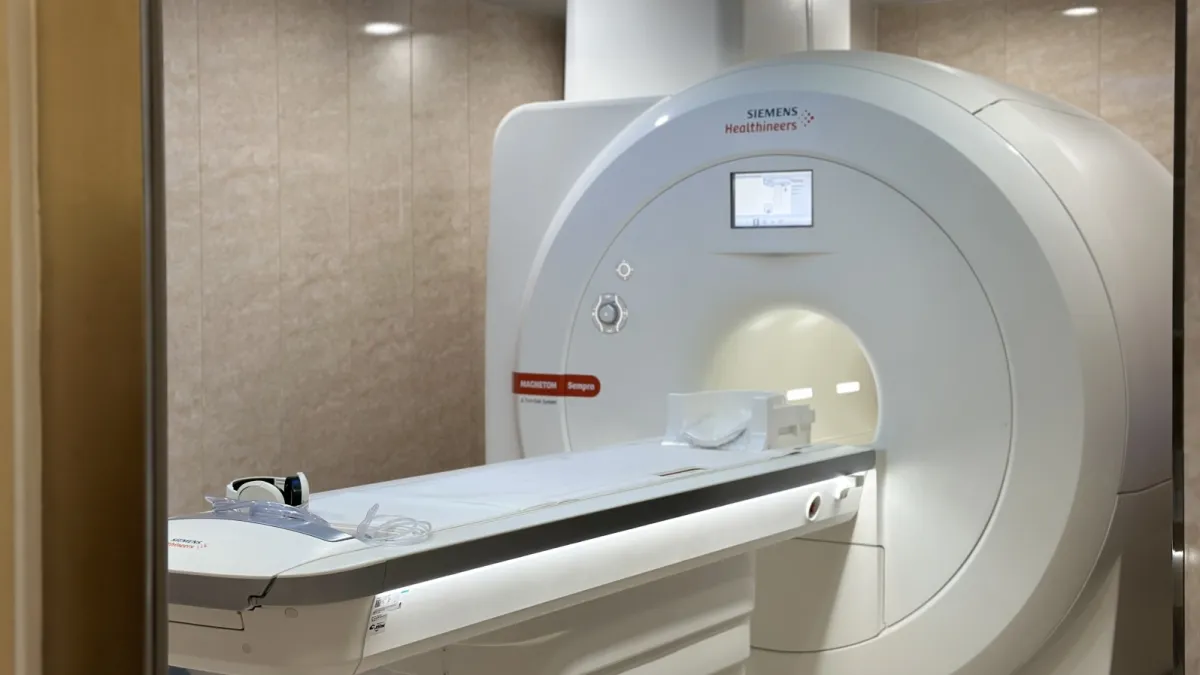




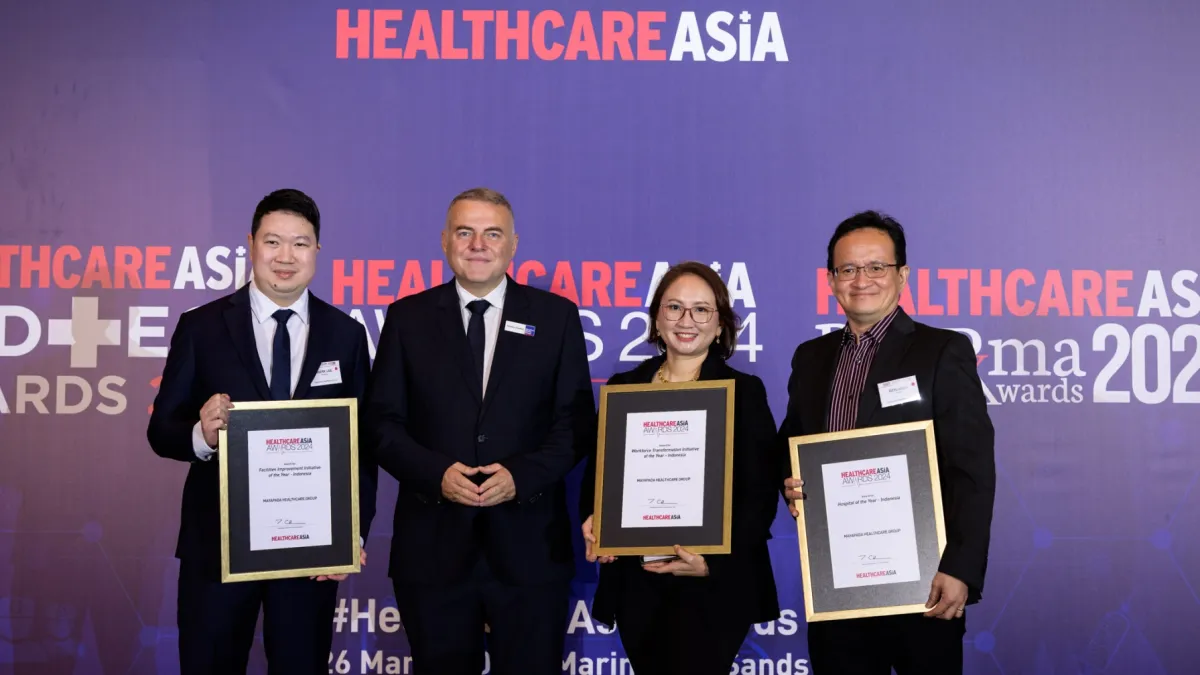
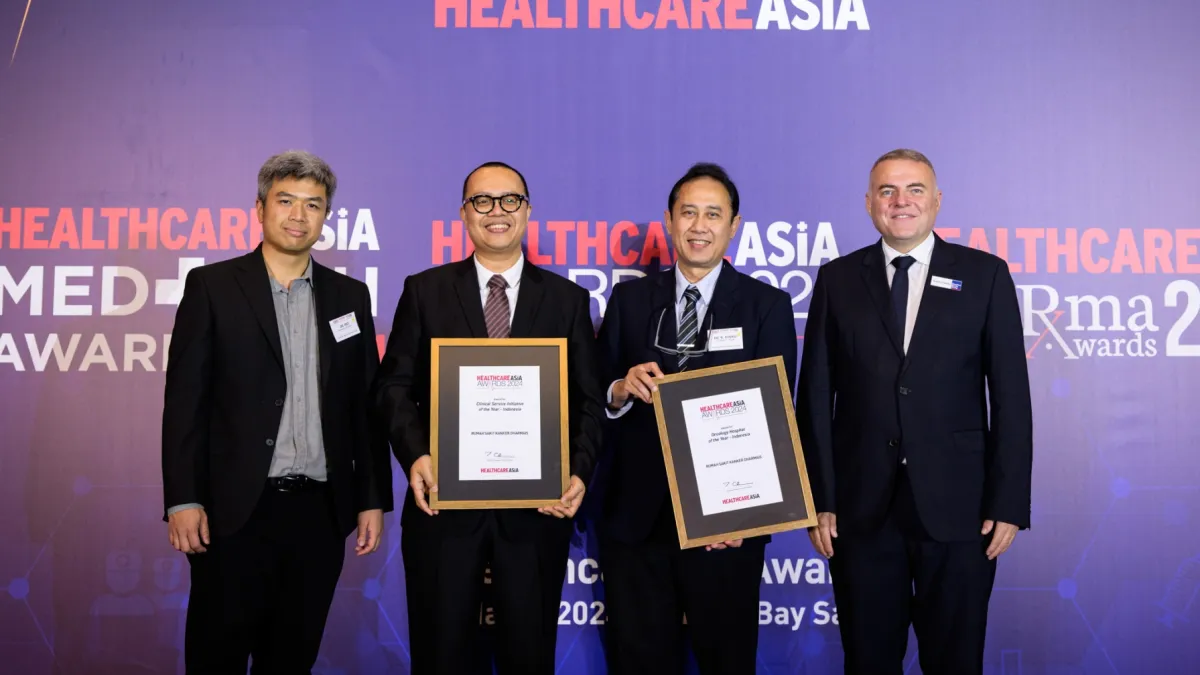
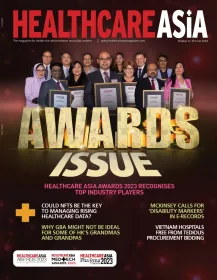
 Advertise
Advertise
